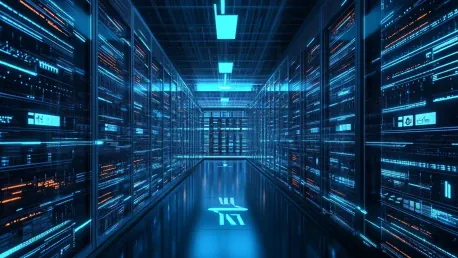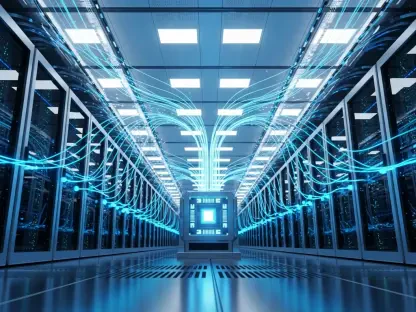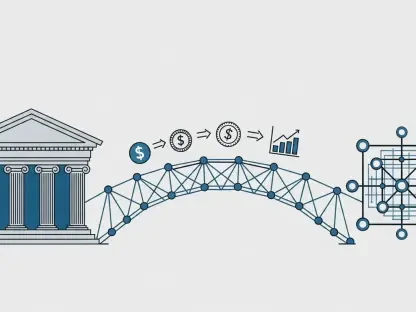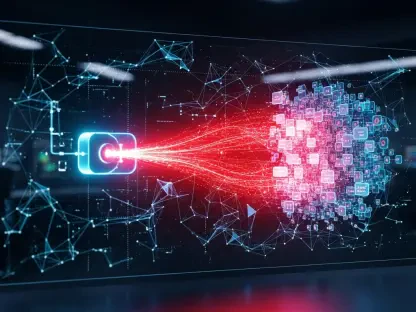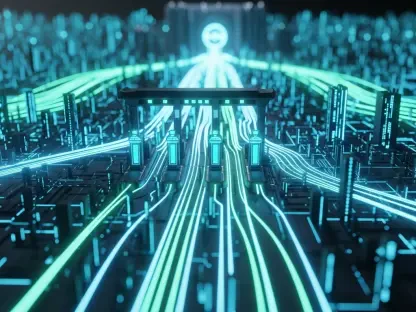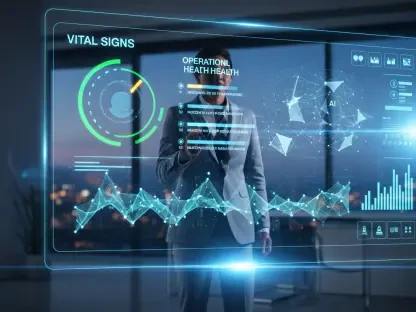The growing energy consumption by U.S. data centers has heightened concerns among experts about its impact on overall electricity demand and environmental sustainability. Modern computing activities, particularly driven by AI and cryptocurrency mining, have significantly increased energy use, and this surge poses a potential threat to the transition to a cleaner energy system.
Escalating Energy Demand
Data centers across the U.S. are anticipated to become one of the largest sources of increased electricity demand over the next decade, surpassed only by the energy required for transportation electrification. Forecasts indicate that electricity demand from data centers could see a staggering increase, ranging from a 29% to a 166% rise by 2030 compared to 2023 levels. This spiking demand could slow the retirement of fossil fuel and nuclear power plants, thus delaying progress toward a more sustainable energy system.
Implications for Fossil Fuels
The increased electricity demand has already led to delays in the planned closures of several fossil fuel power plants, with a total capacity of 9,100 megawatts (MW). Moreover, the rising energy needs have sparked proposals for new fossil fuel power plants, adding at least another 10,808 MW of planned fossil-fuel generation capacity. The continuation and expansion of fossil fuel power plants could significantly hinder efforts to reduce carbon emissions and combat climate change.
Impact of Energy-Intensive Computing
Several computing practices, notably AI and cryptocurrency mining, are recognized as major contributors to the growing electricity demand. Cryptocurrency mining, in particular, is highly energy-intensive. On a global scale, Bitcoin mining consumed more electricity in 2023 than the state of Michigan produced that entire year. This level of energy consumption underscores the urgent need for interventions to manage and mitigate the environmental impact.
Community Burdens
Besides their high electricity demand, data centers place additional burdens on local communities. These facilities require vast amounts of water for cooling and electricity generation. It is not uncommon for a single data center to use up to 5 million gallons of water daily. The noise pollution generated by cryptocurrency mines also poses significant health risks to nearby residents, with noise levels reaching those of a chainsaw. Furthermore, the costs associated with meeting the increased demand for new power generation capacity are likely to be passed on to taxpayers and utility customers, potentially leading to a 20% rise in utility prices in the Mid-Atlantic region by 2025.
Policy Recommendations
To tackle these challenges, several policy measures have been proposed. Policymakers are encouraged to enforce requirements for data centers to enhance their efficiency, maintain transparency, and prioritize renewable energy sources. Local and state governments should implement stringent energy efficiency standards and mandate comprehensive reporting on data centers’ energy and water use. Public utility commissions are advised to establish protections for ratepayers through long-term service agreements and exit fees for data centers. Lastly, there should be limitations on particularly energy-intensive activities, such as proof-of-work crypto mining, to mitigate their broader environmental and social impacts.
Path Forward
The increasing energy consumption by U.S. data centers is raising significant concerns among experts regarding its effects on overall electricity demand and environmental sustainability. As modern computing activities grow, particularly those driven by artificial intelligence (AI) and cryptocurrency mining, there has been a notable rise in energy usage. This increase is causing worry because it represents a potential threat to efforts aimed at transitioning to a cleaner energy system.
Data centers play a critical role in housing digital infrastructures, enabling various online services, cloud computing, and data storage. However, their rising energy needs are proving to be a double-edged sword. On one hand, they support technological advancements and economic growth; on the other hand, their energy demands are straining the electrical grid and contributing to environmental degradation. The challenge now lies in finding sustainable ways to power these centers without compromising the necessary advancements in technology and economy. Balancing these demands is crucial for ensuring a sustainable future, particularly as reliance on AI and blockchain technologies continues to grow.
